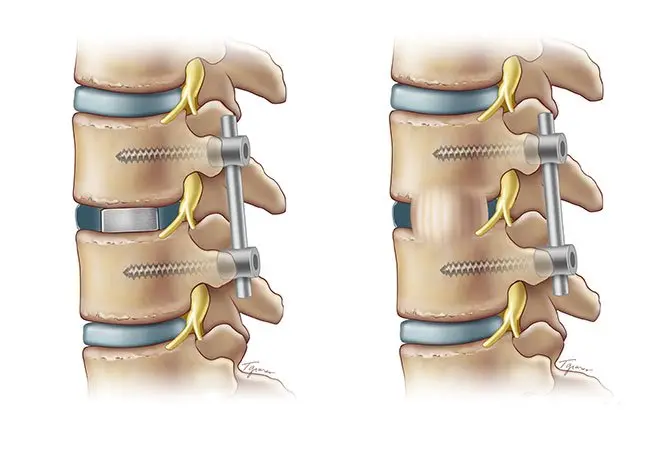What is TLIF Surgery? A Quick Guide.
Transforaminal Lumbar Interbody Fusion (TLIF) surgery is a common procedure used to treat various spinal conditions, particularly those affecting the lower back. This minimally invasive surgery aims to stabilize the spine, relieve pain, and improve overall function. The surgery often uses a TLIF Bullet Cage Spine Implant for fusion. In this blog, we’ll explore what TLIF surgery entails, what to expect during recovery, and the potential benefits and risks associated with this procedure.
What is TLIF Surgery?
TLIF surgery is performed to treat conditions such as degenerative disc disease, spinal stenosis, spondylolisthesis, and other spinal issues that cause instability or compression of the nerves in the lower back. The procedure involves removing a damaged disc and fusing two adjacent vertebrae using a bone graft. This helps to stabilize the spine and reduce pain by decompressing the nerves.
How TLIF Surgery is Performed?
During TLIF surgery, the patient is placed under general anesthesia. The surgeon makes a small incision in the lower back, usually on one side, to access the spine. Unlike traditional open surgery, TLIF is minimally invasive, meaning that the surgeon can perform the procedure using specialized instruments and techniques that cause less trauma to the surrounding tissues.
Once the spine is accessed, the surgeon removes the damaged disc and prepares the adjacent vertebrae for fusion. A bone graft, either from the patient’s own body or a donor, is then inserted into the disc space to promote bone growth and fusion. In some cases, screws, rods, or other devices may be used to further stabilize the spine.
How Recovery and Rehabilitation Occurs After TLIF Surgery?
After TLIF surgery, patients are typically monitored in the hospital for a few days before being discharged. Most patients experience some pain and discomfort after surgery, which can be managed with medication. Physical therapy is often recommended to help strengthen the muscles around the spine and improve flexibility.
Recovery time varies from person to person but generally takes several weeks to months. During this time, patients are advised to avoid heavy lifting and strenuous activities to allow the spine to heal properly. It’s important to follow your surgeon’s instructions carefully to ensure a successful recovery.
How Beneficial Is TLIF Surgery?
TLIF surgery offers several potential benefits for patients with certain spinal conditions. These include:
Pain relief: By stabilizing the spine and decompressing the nerves, TLIF surgery can help reduce or eliminate chronic back pain.
Improved function: Many patients experience improved mobility and function after TLIF surgery, allowing them to resume normal activities.
Spinal stability: TLIF surgery can help restore stability to the spine, which is especially beneficial for patients with conditions like spondylolisthesis.
What Are the Risks Associated with TLIF Surgery?
Like any surgery, TLIF carries certain risks, including infection, bleeding, and nerve damage. Additionally, some patients may experience a failed fusion, where the vertebrae do not fully fuse together. It’s important to discuss these risks with your surgeon before undergoing TLIF surgery.
In conclusion, TLIF surgery is a valuable treatment option for patients with certain spinal conditions. By understanding the procedure, recovery process, and potential benefits and risks, patients can make informed decisions about their spinal health. If you’re considering TLIF surgery, be sure to consult with a qualified spine surgeon to determine if it’s the right option for you.
On the other hand, if you are looking to get a CE-certified range of orthopedic implants, contact Siora Surgicals Pvt. Ltd., a renowned orthopedic manufacturer in India. The company is also a regular exhibitor at the Medical Trade Show Miami
Stay in touch to get more updates & news on Discover Tribune!






